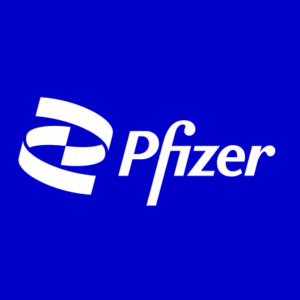
Pharmaceutical companies are the latest to parlay radio’s reach into brand awareness and profits. The effectiveness of AM/FM radio in the category is supported by multiple case studies, with pharmaceutical and drug store spend on network radio increasing by 59% since 2018. Moreover, a recent ABX creative effectiveness study reveals that radio is 94% as effective as TV at only one-fourth of the cost per thousand impressions.
The study debunked that TV ads with sight, sound, and motion are inherently superior to audio ads, as pharmaceutical AM/FM ads performed nearly as well as TV ads. These findings highlight the substantial benefits of incorporating audio into the media strategies of pharmaceutical brands like Pfizer.
Pfizer is utilizing radio as a key component of its media plan. According to the Cumulus Media Westwood One Active Audio Group blog, Pfizer discovered significant incremental reach from radio during the pandemic with its Comirnaty COVID vaccine. AM/FM radio advertising for Pfizer’s COVID medications outperformed the general market in various brand equity measures.
They took this lesson and improved it for the breast cancer drug Ibrance. For Ibrance, even a modest allocation of network radio resulted in a remarkable 65% increase in incremental reach among women 18+. The younger the demographic, the greater the reach lift, with Ibrance experiencing a 67% increase in women 45-54 reach and a 123% lift in women 35-44 reach through the addition of network radio.
AM/FM radio also enhanced the effectiveness of Pfizer’s TV campaigns, particularly among light TV viewers, where it generated a massive 2.7 times increase in reach for Ibrance. Additionally, studies conducted by the Harris Poll Brand Tracker demonstrate that OTA radio listeners exhibit stronger familiarity, trial, usage, and recommendation for Pfizer’s blood clot preventer Eliquis compared to TV viewers.





